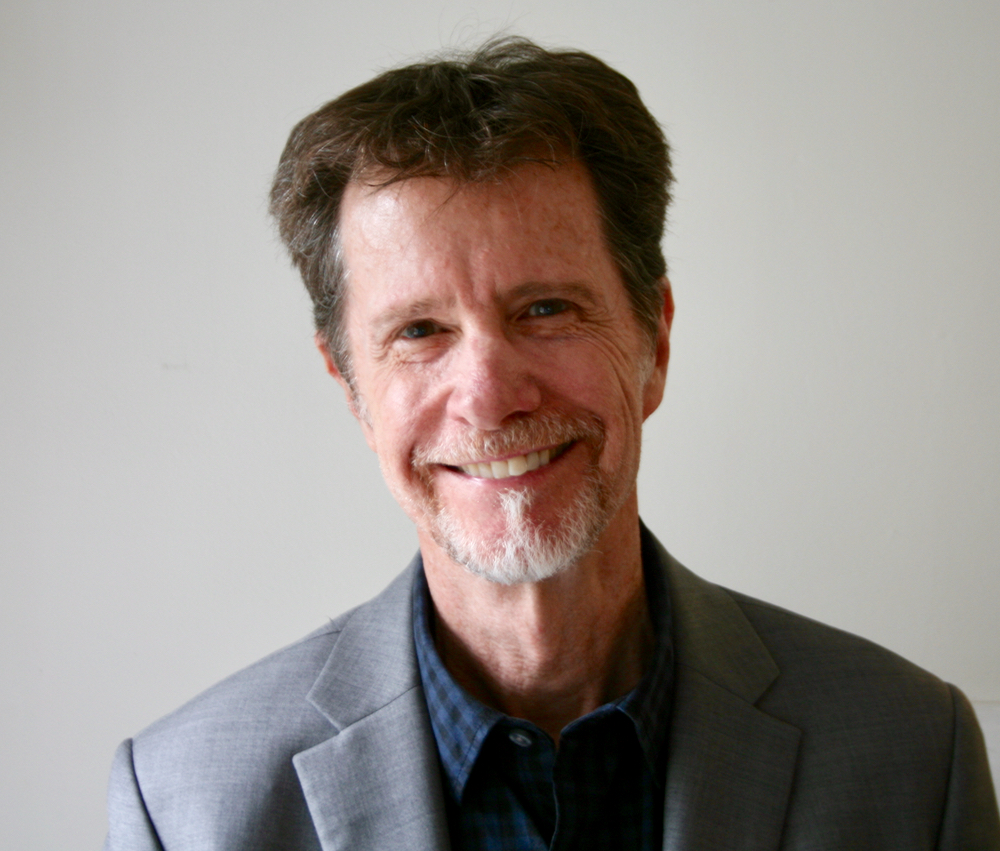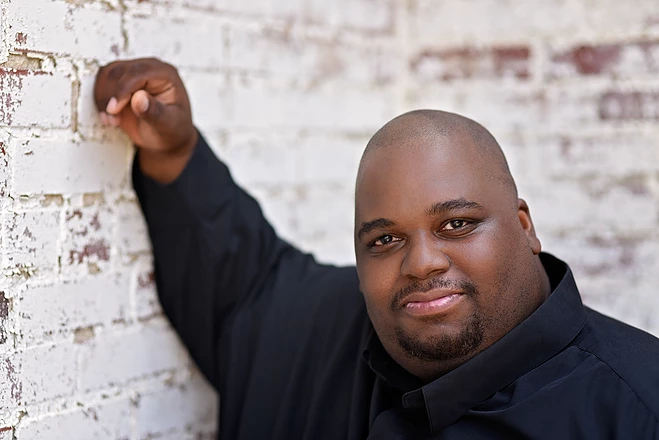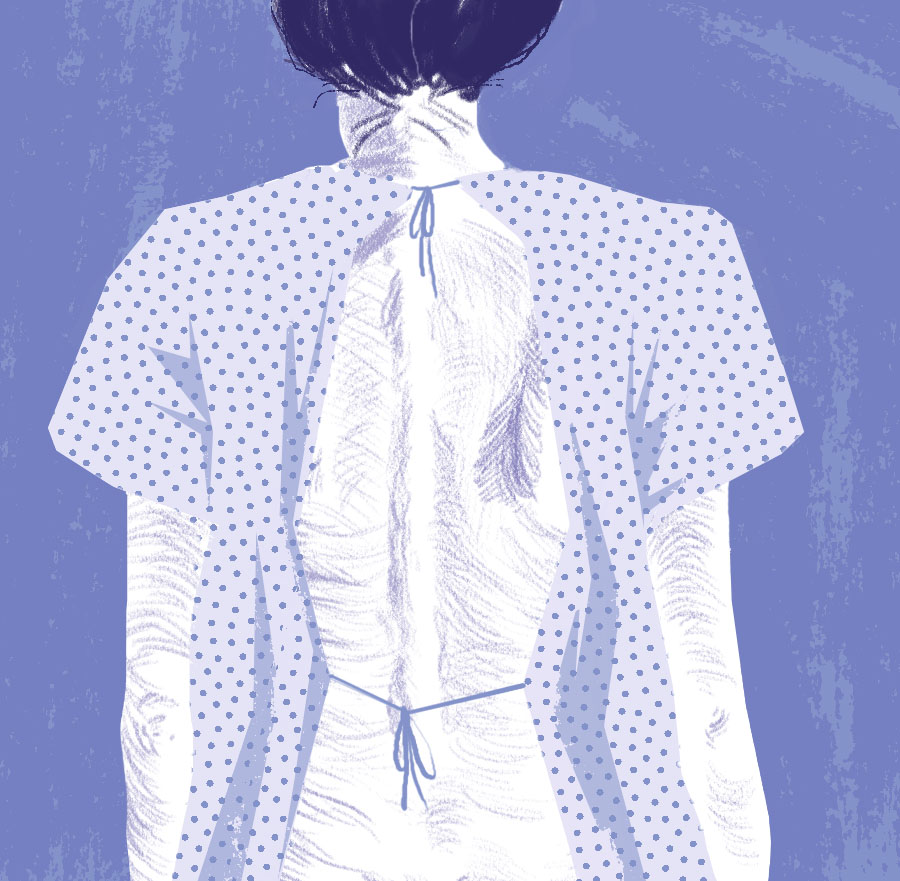
Michael Bonesteel has replied to this article here.
Michael Bonesteel resigned on June 15 after 12 years of teaching at The School of the Art Institute of Chicago (SAIC). Two of his courses, Present and Future of Outsider Art and Comic Book: Golden Age Code, had been reassigned and, as Bonesteel alleges, he lost his health insurance as a result. According to the now former SAIC adjunct assistant professor, these losses were a direct result of complaints filed by multiple students late last year under Title IX, a federal law which prohibits discrimination on the basis of identity or protected legal status.
Following his resignation, Bonesteel shared his story with the Chicago Reader via email. In the piece, Bonesteel describes the students who filed complaints against him as “a small cadre of militant LGBT students with an authoritarian agenda.”
Bonesteel claims his case exemplifies serious flaws in Title IX. The 1972 Education Amendment has come under fire in recent years, as some critics claim the guidelines are difficult to decipher and adversely impact the classroom environment as teachers and students fear punitive measures for alleged infractions. As many universities struggle to enforce Title IX for the benefit of sexual assault survivors, a growing number of professors claim their universities have taken it too far by applying Title IX to course content and instances of hurt feelings.
As Bonesteel sees it, this a “very serious” problem, and that the three students who made the Title IX complaint were too sensitive to handle the graphic content included in the course. However, some of his former students have argued it was Bonesteel’s vocal, personal opinions and use of discriminatory language — rather than any course content — which are at issue.
Because Title IX disputes require confidentiality from those involved in complaints, many of the details surrounding Bonesteel’s departure are difficult to confirm, and the school maintains confidentiality about personnel matters. There does appear to be a timeline of key events, however.
The Dangers of Darger
In the fall of 2016, Professor Michael Bonesteel was teaching two courses at SAIC; on December 12, 2016, in his Future of Outside Art class, Bonesteel claims that “a student said he was offended because I had presented a theory that connected girls with penises with Darger’s childhood trauma.”
Henry Darger (1892-1973) was a controversial “outsider artist” whose work and life Bonesteel has studied at length; his book, “Henry Darger: Art and Selected Writings,” was published in 2001. Darger often depicted hermaphroditic children in his work, which some scholars suspect was related to childhood trauma and sexual assault. Students who have identified themselves in interviews or online as current SAIC students and/or former students of Bonesteel — some of whom must remain anonymous per Title IX — allege that it was Bonesteel’s insensitive presentation of the Darger material, rather than the material itself, which could have been perceived as transphobic.
On December 14, 2016, Bonesteel met with an SAIC-appointed diversity counselor to informally resolve the issue. The counselor suggested Bonesteel apologize to his class and provide various sources which would explain the theories behind what he was teaching. On December 16, 2016, Bonesteel claimed he “posted an online article on the topic of gender dysphoria along with an apology to the student who felt offended, saying that I should have treated the subject with more delicacy.” Bonesteel claimed that “it was not enough for this particular student, which leads me to believe that it was the material itself that was offensive and not my presentation.”
In an anonymous course evaluation obtained by F Newsmagazine, one student wrote that Bonesteel’s apology “read very much as an attack on the student who called out his behavior.”
Meanwhile, in Bonesteel’s Comic Book: Golden Age Comics Code class, additional Title IX complaints were filed over interactions between Bonesteel and his students. In an email interview, student Gabe Howell claimed that the class was “completely fine when we were discussing the actual class material versus [when we discussed] his personal vendettas towards students and the school.”
Bonesteel claimed that while having a class discussion over student opinion papers covering Gerard Jones’s book “Men of Tomorrow: Geeks, Gangsters, and the Birth of the Comic Book,” “a student went on a long diatribe about perceived anti-Semitic attitudes of the author and then proceeded to unload criticisms of SAIC’s policies towards minorities and transgender students specifically.”
It’s unclear what aspect of the book the student found offensive. In fact, the academic journal American Jewish History praised “Men of Tomorrow” as “a story of Jewish heroes and Jewish villains.”
According to Bonesteel, the exchange then “heated up” when he asked for patience from his LGBT students, as he was dealing with complaints in his other class.
Later in the class session, Bonesteel claimed that the same student who raised concerns about “Men of Tomorrow” asked for a trigger warning during a discussion of sexual violence, to which Bonesteel said he replied, “Really? You want a trigger warning for the word ‘rape’?”
Gabe Howell made no mention of such a discussion over “Men of Tomorrow.” He did, however, detail an incident between himself and Bonesteel regarding trigger warnings. According to Howell, the only time Bonesteel used trigger warnings in his class was “as a joke to single [me] out in the middle of class.”
Howell explained that during a class break, Bonesteel could be heard discussing sexual violence towards a character in a novel with another student. Howell said he “asked him to refrain from speaking about that within the classroom.” After the class resumed, Bonesteel allegedly displayed a slide featuring a comic of a young boy’s backside, stopped the slideshow, and “leaned into his microphone saying, ‘Hey Gabe! Trigger warning!’”
Despite these altercations, Bonesteel maintained that “If I made some honest and unintentional mistakes, I was willing to try and correct them.” He later told F Newsmagazine that in the past, he had amended his presentation of such material “due to a few informal student complaints on my student evaluations.”
In fact, Bonesteel’s fall 2016 course evaluations show that the majority of students who completed them gave him ratings of four out of five or higher. One student wrote that “Michael did his job correctly… There were a handful of kids who apparently couldn’t grasp the idea of a violent history… He talked with political correctness.”
Among the professor’s course evaluations were several complaints about his presentation of material and classroom attitude, however. Bonesteel himself admitted to having had issues related to the presentation of material in the past.
Acting Out
Compton Quashie (BFA, ’15), took Bonesteel’s Comic Book: Golden Age of Comics Code class in the fall of 2014. Quashie claimed that “whenever [Bonesteel] would come to a slide that featured a character of color, he would read them aloud in stereotypical voices.”
This concern was echoed by Gabe Howell, who claimed that “Michael mocked characters of color with racist caricature voices.”
Quashie alleges that after asking Bonesteel to refrain from using the slur “pickaninny” and cease reading characters of color in stereotypical voices, Bonesteel responded by saying, “it used to be okay to call black people n*****s but now I have to watch what I say.”
Quashie found Bonesteel to be “very defensive or dismissive to the point where it was almost not worth trying to discuss things with him.” The students then contacted the head of Multicultural Affairs to discuss the incident. Bonesteel met with said office as well as the chair of the Art History department.
Bonesteel claimed he was accused of sexual harassment, which SAIC defines as “any unwelcome sexual advance, request for sexual favor, or conduct of a sexual nature.” He asserts that he went through an SAIC-administered sensitivity training regarding how to handle content surrounding gender identity and that administrators determined that he had not violated Title IX, but both of the above courses were soon reassigned to other instructors.
SAIC is not legally mandated to confirm the details of Title IX cases. For the same reason, Bonesteel can’t say much, either.
However, the descriptions of the incidents by both Bonesteel and his students suggest that he may have been charged not with sexual harassment, but with discrimination. The SAIC student handbook outlines discrimination as “unequal, adverse treatment of an individual because of their protected legal status,” while sexual harassment is defined as “any unwelcome sexual advance, request for sexual favor, or conduct of a sexual nature.”
SAIC’s student handbook states that “even where a violation is not found, it may be appropriate to counsel individuals regarding their behavior.”
Additionally, the handbook clearly outlines students’ rights and responsibilities: “Students should be free to take reasoned objection to the data or views offered in any course and reserve judgment about matters of opinion.” Professors are tasked with “encouraging free discussion.” Based on this provision, and additional statements which guarantee freedom of expression, it appears as though students were within their rights when objecting to or confronting Bonesteel.
Title IX is a broad piece of legislation that is enforced on a case-by-case basis. Legally, the school has to investigate every claim presented. Investigations are done by peer review and include course evaluations and interviews with colleagues and students. Not all investigations end in the Title IX office, either; often complaints are determined to be outside of Title IX altogether.
In the past, sensitivity training hasn’t been mandatory for professors prior to teaching at SAIC, though faculty underwent sensitivity training for the 2016-2017 school year. The school is still determining when to require professors to re-up their training, though all new professors are now required to attend. In Title IX proceedings, specific sensitivity training modules are assigned based on the incident(s) being addressed.
Safety or Censorship?
In an interview with F Newsmagazine, a student from Bonesteel’s spring 2017 course Comic Book: Silver Age to Graphic Novel who wishes to remain anonymous said that there were no issues in the class and that Bonesteel provided trigger warnings on the class syllabus. For his part, Bonesteel claimed he chose to include trigger warnings after discussing his Title IX complaints with Art History department chair Michael Golec and that “it seemed to work well.”
To Bonesteel, the positive reception of his spring 2017 courses wasn’t enough to keep him at SAIC. After losing two of his courses, he chose to resign from his post entirely. Though Bonesteel taught multiple courses in both the Visual and Critical Studies department and the Art History department, he alleges that he chose to resign because the reassignment of his Art History courses caused him to lose his health insurance.
In Bonesteel’s opinion, SAIC’s response to the complaining students was a “colossal overreaction.” To him, the reassigning of his courses and subsequent loss of health insurance amounts to “censorship of both me and the material I presented.”
Laura Kipnis, a tenured professor at Northwestern University, faced her own issues with Title IX over articles she published in the Chronicle of Higher Education regarding claims of assault and harassment on college campuses. In a phone interview, Kipnis stated that “I actually think that Title IX is being overextended if anyone thinks it covers material on a professor’s syllabus.”
She went on to explain that professors should be guaranteed academic freedom as it relates to the content of their courses and that the presumption should be that the professor knows more than the student. While students should be able to object to or start discourse over opinions presented in class, “there’s not a fine line between opinions and course content, because the professor is hired for their expertise and often has opinions about the material they teach.”
For professors, Kipnis said, navigating the country’s rapidly evolving political climate vis a vis language in the classroom can be difficult, particularly when discussing history. “There’s this heightened scrutiny now about certain ways of talking about gender and sexual orientation,” she said. “There’s an assumption that there’s a correct way to talk about those things. I think it’s become a little rigid and lacks a sense of history.”
Kipnis added that students need to understand that Title IX complaints which end in disciplinary action — like reassigning courses or taking away health insurance — can result in “pinning your feelings of offense over someone’s ability to take their kid to a doctor.”
An Administrative Approach
Dean of Faculty at SAIC Lisa Wainwright made it clear that SAIC takes Title IX seriously. The roughly five to eight serious cases her office sees annually are all are thoroughly investigated by peer review and can take up to three months to complete. Wainwrights added that in 20 years at SAIC, she’s seen only a handful of cases end in serious disciplinary action or termination.
As Wainwright explains: “Informal resolutions generally have to do with, ‘Okay, let’s bring the parties together and let’s apologize.’ Formal resolutions range from termination, which is rare, to pulling a course where the issues are not getting resolved because of how it’s taught, not what is taught.”
Wainwright later clarified that courses are not and have never been eliminated after a Title IX dispute; they are simply re-assigned to an equally-qualified professor.
Though Bonesteel sees his case as an example of both censorship and inappropriate use of Title IX, Wainwright maintained that SAIC does not discipline professors for course content but for serious problems in presentation or classroom standards. In fact, her understanding of the importance of academic freedom aligns more with Kipnis’s comments than a narrative pushing overly-sensitive students or negligent schools as the problem.
For Wainwright, “Academic freedom is key here. We’re an art school. If we don’t have academic freedom then we’re fucked. It’s not so much what is taught, it’s how it’s taught.”
In Title IX disputes such as this one, it is difficult at best for outsiders to judge what occurred, due to privacy covenants and discrepancies between accounts from Bonesteel and his students. However, SAIC’s actions make clear that they take Title IX seriously. While many professors find Title IX bloat to be an infringement on their academic freedom and an example of capitalist consumer culture on university campuses, some students maintain that swift action on Title IX complaints is long overdue.








If the students didn’t like the content they shouldn’t have taken the class. Political correctness is bloody ridiculous these days.
Seems pretty clear that their problem wasn’t with the content, but his teaching style?
As some one who was in this class the mentioned people were useing there dislike of the taught material against the teacher
Guess who also recently blamed lesbian, gay, bisexual, and transgender people for malicious allegations against them—Roy Moore. Birds of a feather… https://www.advocate.com/politicians/2017/11/30/roy-moore-blames-lgbt-people-and-socialists-troubles-gets-heckled
Funny it’s come full circle – Michael Golec has being accused of sexual harassment and stalking women. A woman sued, presumably they hushed it with $. And Elissa and Martin just shrug. Meanwhile the art history dept are telling us all to stay away from him, especially women. This is what it comes down to.
I’m pretty sure a couple of you didn’t read the whole article.